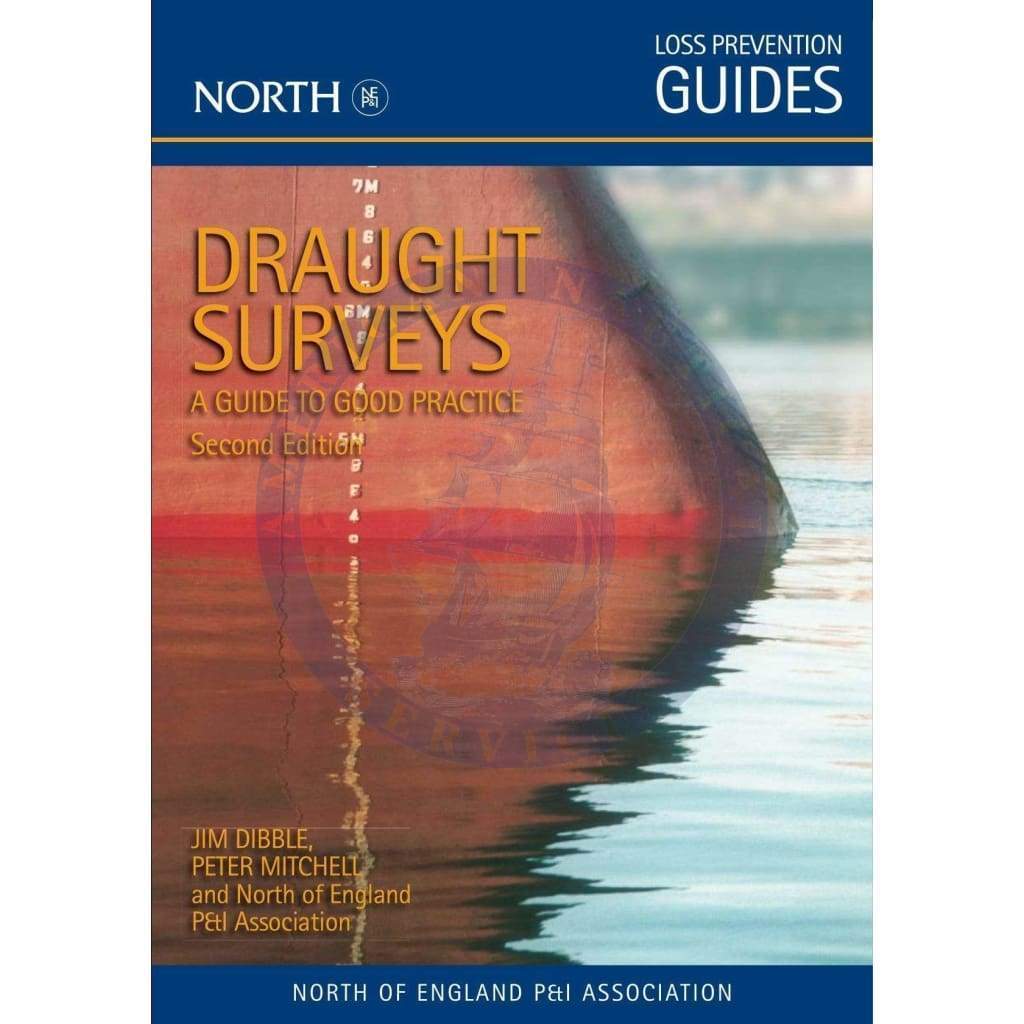Overview
The accurate measurement of dry bulk cargoes by a vessel can minimise considerably the risk of shortage claims and disputes. This guide outlines the methods and corrections for a draught survey to be carried out to the required accuracy.
It is designed to help surveyors and recommends procedures and formulas for every circumstance likely to be encountered during the conduct of draught surveys. The UN ECE draught survey forms have been included in an effort to achieve standardisation throughout the industry.
Content
INTRODUCTION
PRACTICAL PROCEDURE
INFORMATION REQUIRED
ASSESSMENT OF UNDERWATER VOLUME
DEDUCTIBLES
APPENDICES
I Glossary
II UN ECE draught survey code forms
III Equipment checklist
IV Information checklist
V Checklist of factors that may influence survey accuracy
VI Alternative hydrometer corrections
VII Corrections checklist
INDEX
Introduction
The purpose of a draught survey is to determine the amount of cargo loaded or discharged for the benefit of all the interested parties. A well-conducted draught survey of a large vessel should achieve accuracy to within 0.5%. The survey must be conducted meticulously, taking into account all the prevailing circumstances. The final report should incorporate every aspect and difficulty which has been encountered in order to convey all aspects of the survey. While draught surveys may be carried out by professional surveyors, the ship’s officers should also perform a draught survey to the same degree of accuracy. It is hoped that this guide will assist in achieving the required standards.
Draught survey
The draught survey is the ‘before and after’ survey, which determines, by measurement, the vessel’s displacement before and after loading or discharging. The difference between these two displacements is the weight of cargo loaded or discharged.
Deadweight survey
Under certain circumstances, the surveyor or ship’s officer may have no choice and be restricted to carrying out a deadweight survey. The weights of all measurable non-cargo elements on the vessel are determined – bunkers, fresh water, ballast, stores and so on. These are then added to the light displacement (including any lightship constant). This total is then deducted from the present displacement to produce the approximate weight of cargo on board.
See Appendix I for a glossary of terms used in this guide.
UN ECE draught survey code forms
The UN ECE draught survey code forms have been included in Appendix II. They are the work of the United Nations Economic Commission for Europe, Committee on Energy, Coal Working Party, which produced the Code of Uniform Standards and Procedures for the Performance of Draught Surveys of Coal Cargoes. The working party recommends the use of the forms to achieve uniformity and consistency in draught surveys, so avoiding the discrepancies which give rise to commercial disputes.
The code and its forms can be freely downloaded from the UN ECE website at http://www.unece.org/energy/se/coal/code.html.
Details
Title: Draught Surveys: A Guide to Good Practice (Second Edition)
Edition: Second
Number of Pages: 53
Product Code: WS1709K
Published Date: August 2019
Weight: 0.60 kg
Author: The North of England P&I Association Ltd







